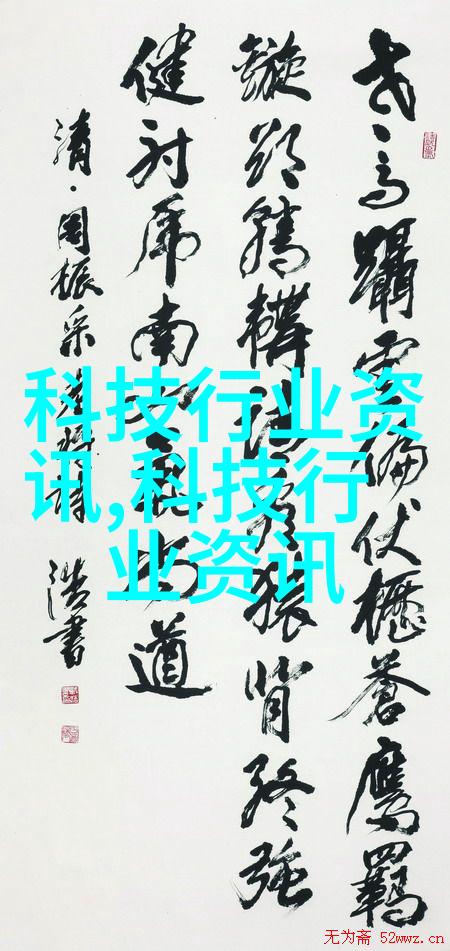Decoupling Devices: Unleashing Efficiency in Modern Manufacturing Processes

In the realm of modern manufacturing, efficiency and productivity are key factors that drive success. One crucial component in achieving these goals is the decoupling device, also known as a buffer or damper. Decoupling devices play a vital role in synchronizing production processes by absorbing shocks and vibrations, thus preventing them from propagating through the entire system.
Understanding Decoupling Devices

Decoupling devices are designed to isolate components or systems from each other while maintaining their functionality within specific parameters. They operate by storing energy during periods of high demand or shock absorption and releasing it when needed to maintain stability. This feature enables smooth operation even when upstream processes experience fluctuations.
Types of Decoupling Devices

There exist various types of decoupling devices tailored for different applications, including mechanical dampers, hydraulic dampers, pneumatic dampers, and electrical filters. Mechanical dampers employ springs or elastomers to absorb vibrations while hydraulic ones use fluid-filled cylinders with valves for controlled flow release. Pneumatic dams make use of compressed air reservoirs connected via check valves for pressure regulation purposes.
Applications in Manufacturing

Decoupling devices find extensive application across various manufacturing sectors such as automotive assembly lines where they help synchronize robot movements with conveyor belt speeds; aerospace industries where they regulate engine vibration transfer; textile machinery where they stabilize spinning frames; packaging machinery that prevents product damage due to sudden changes in speed or direction; and industrial automation systems which require precise timing between machine cycles.
Benefits Over Traditional Methods

In contrast to traditional methods involving rigid couplings that can lead to wear-and-tear over time due to constant stress on mechanical parts, decouplers provide long-lasting solutions with reduced maintenance requirements since they only engage when necessary under high-load conditions rather than continuously throughout production runs.
Integration into Existing Systems
Implementing decouples into existing systems requires careful analysis considering factors like load capacity limits based on material properties (e.g., steel vs rubber), desired frequency range adjustment capabilities (for optimal performance), space constraints related both physically fitment considerations but also potential thermal management concerns associated with heat generation during operation). In some cases retrofitting may be necessary if new equipment isn't feasible at present moment though this might involve more cost compared upfront installation at initial setup stage prior integration before full-scale operations begin running smoothly following upgrades' completion date set forth above upon successful execution without any unforeseen complications encountered along way forward path towards improved overall effectiveness achieved via enhanced resilience against external influences impacting steady-state functioning over time span covered hereunder discussion topic area being explored now onwards further down below line separating main content body paragraph text presented just above this point marked —**——————––----***



